 There are two types of props (or properties): hand props and set props. The hand props are carried on and off stage by the actors (example: an umbrella, a cane). The set props are part of the set (example: a clock, a vase).
There are two types of props (or properties): hand props and set props. The hand props are carried on and off stage by the actors (example: an umbrella, a cane). The set props are part of the set (example: a clock, a vase).
The duties of the prop person are twofold: first, place any properties that need to be on the set for a particular scene in their proper position. There’s usually a diagram, but in reality, you have to more or less memorize where to put the set props. It’s very important that set props be placed precisely where the actors expect them to be. Second, give the hand props to the actors just before they go on stage. Usually there is a table on each side of the stage where you can lay out all the hand props. Prop people need to know who the actors are, when they enter, and what prop they will need. There should be a chart for this, too, but familiarity with the play is essential nonetheless.
When an actor exits the stage, be sure to collect the hand prop from them. Kids are notorious for playing with props that aren’t theirs, playing with their own props, breaking props, losing props, and leaving them laying around the stage, the wings, or carrying them off to the dressing room and then expecting them to be on the prop table next time they enter. Prop people are, to an extent, guardians of the props.
There should be at least one prop person at each rehearsal where props are being used. There should be two prop persons at each dress rehearsal and performance, one on each side of the stage, both working on set props before each scene. Between rehearsals and shows, it is important to pack away all small props, both hand and set props, to insure they are not lost or misplaced. There should be a checklist for all props. Go through the check list both when setting out props and when packing them away. A missing prop can be a huge problem, especially during an actual show.
Dependable prop persons are very important to a production. They can double as set crew, but it is essential that everyone is clear on who is responsible for props. The director should always tell the stage crew and prop persons how important they are to the show, and how much you appreciate their skills. You literally can’t do the show without them!








